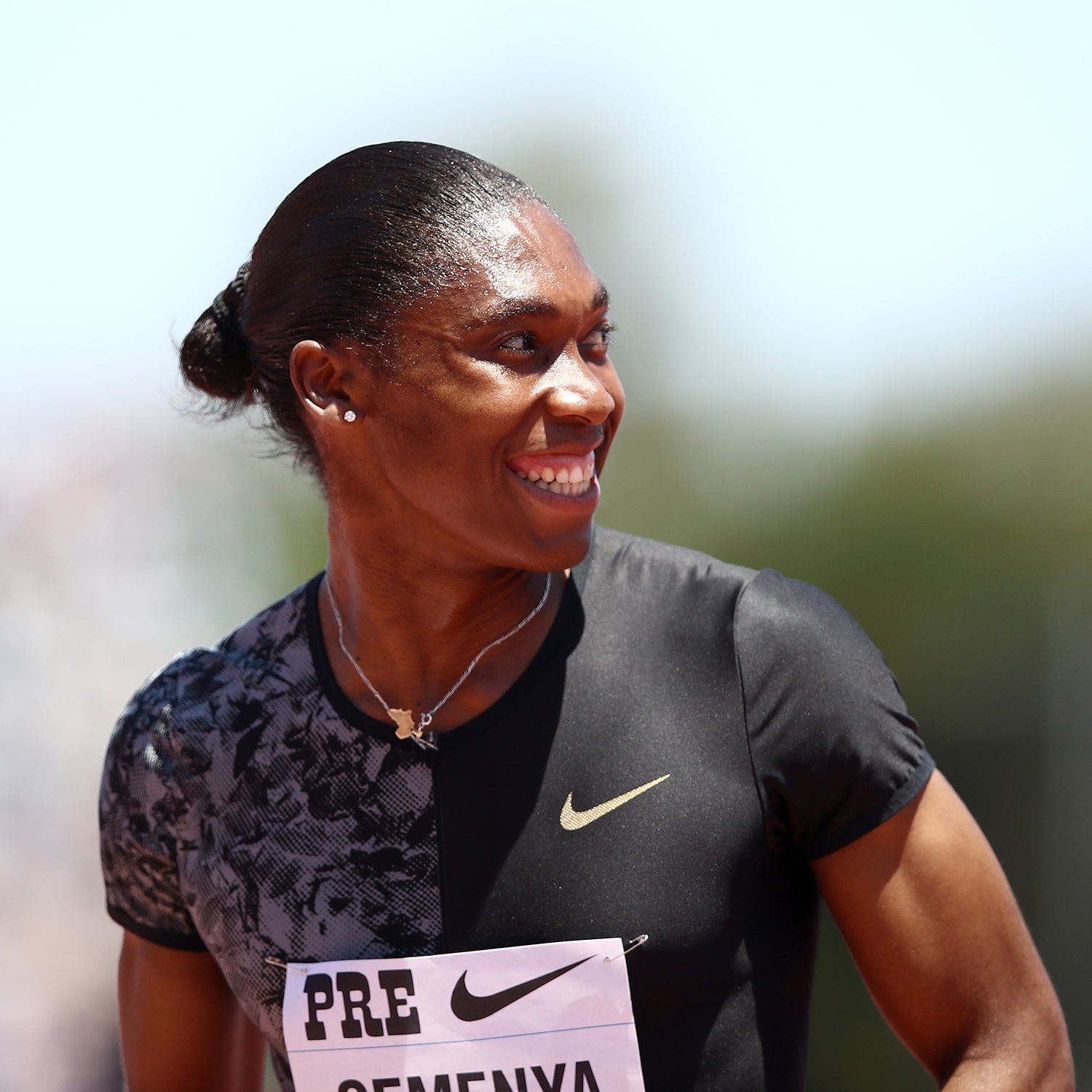Of all the substances produced within the human body, none have achieved mythic status like testosterone. In popular culture, “T” has a reputation as a kind of Dionysian wonder drug, a natural elixir that can heighten our sexual and athletic prowess, while also making us more prone to wanton acts of violence. We may like to believe that we are masters of our own fate, but testosterone reminds us that, ultimately, we are at the mercy of our biology.��
Or maybe not. In their new book , cultural anthropologist and gender-studies professor ��seek to expose several false narratives about their subject. As they note early on, testosterone is both a “material substance” and a “multivalent cultural symbol.” The authors argue��that��our pervasive beliefs about testosterone’s alleged effects—referred to as T-talk—often end up shaping ostensibly objective scientific studies in a way that can predetermine the result. For example, researchers might seek to establish a link between T and violent behavior by studying prisoners. Conversely, when looking to discover a connection between T and “positive risk-taking,” they are more likely to study those already near the top of the social hierarchy, e.g., financial traders, business students, entrepreneurs. By the same token, Karkazis and Jordan-Young are adamant that testosterone can serve as a convenient alibi for systemic inequalities: “T-talk frames social issues as a matter of chemicals functioning inside individual bodies, leaving scant room to consider power asymmetries, structural arrangements, or histories and their current material consequences.”��
As its title might suggest, Testosterone is an extended exercise in myth busting. Each of its seven chapters targets a specific area where T is believed to be extremely influential—such as parenting, power, and��risk-taking—and proceeds to demonstrate that, often, there is little to no scientific evidence to substantiate our entrenched assumptions. Early on, the book seeks to blow up perhaps the most entrenched assumption of all: that T is the male��sex hormone. This, the authors suggest, is more of a normative statement than an observable biological fact. Though men typically have more testosterone than women, the hormone is not sex-specific��and may even play a crucial role in ovulation. What’s more, the fact that so much about the way female bodies “use” testosterone remains unknown is itself partially due to misguided beliefs that the hormone is somehow exclusively male. In the past, most studies on the effects of testosterone did not include women.��
One study that did focus on the effects of T in women (and men) was conducted by track and field’s global governing body, the International Association of Athletics Federations, and in 2017. Using data from athletes competing in the 2011 and 2013 World��Championships, the IAAF was seeking evidence to demonstrate the relationship between testosterone and athletic performance in an attempt to justify new regulations that would limit natural��T levels for female athletes.��
These rules, which are currently in effect, are only the most recent example of the long and fraught history of regulating who gets to compete in women’s athletics—a subject that forms the basis of Joanna Harper’s new book . Harper, a medical physicist and trans athlete who is in favor of T regulation, gives us a chronological account of how the IAAF and the International Olympic Committee (IOC) evolved from primitive forms of “gender verification”—e.g., the nude parades��of the postwar era and the error-prone chromosomal testing that was used into the nineties—to eventually abandoning mandatory sex testing altogether. Throughout her book, Harper allots ample space to tell the stories of prominent intersex and transgender athletes,��including her own.��
The most prominent athletes in Harper’s narrative are ��and South African 800-meter runner Caster Semenya. Though their medical records have never been made public, both women are presumed to be hyperandrogenic��(meaning they have unusually high levels of testosterone), not least because they each took legal action against the IAAF when the organization introduced its testosterone limits. Harper was on hand as an expert witness for the IAAF in both the 2015 Chand trial and this year’s��Semenya case. As a result, Sporting Gender offers a revealing (if not exactly unbiased) behind-the-scenes look into how these respective cases played out. At a time when news about the IOC and the IAAF tends to be dominated by reports of malfeasance��and ineptitude, Harper’s book paints a less caustic picture. (It turns out these institutions aren’t run solely by villains��but also by sagacious��individuals like Arne Ljungqvist, the former chairman of the IOC’s medical commission, who is affectionately referred to as “the grand old man of gender issues.”)��
Karkazis, on the other hand, has been one of the more vocal critics of the IAAF’s new gender policy. She was an expert witness on Chand’s behalf in 2015. At one point in Sporting Gender, Harper even refers to Karkazis as the “mastermind” behind the Chand trial and suggests that the anthropologist was “callously using” the sprinter to score an ideological victory.��
The love goes both ways. The last chapter of Testosterone seeks to debunk the notion that T unambiguously confers improved athleticism. Referring to the same IAAF study, Karkazis and Jordan-Young note that, despite the fact that it was specifically designed to prove the effects of testosterone, the results showed that “for most events, T made no difference.” The authors also take aim at data collected by Harper on eight amateur trans women runners, which compares their pre- and post-transition race times. Controlling for age, Harper’s study seems to��demonstrate��that suppressing testosterone results in slower times. However, there was one runner whose performances actually improved after she transitioned, for the rather unspectacular reason that she just decided to train harder. Karkazis and Jordan-Young seize on this fact as proof that there are too many variables in athletic performance to chalk everything up to T.��
Nonetheless, Harper’s study ended up serving as evidence for the IAAF to justify its position that testosterone is the best way to account for the performance gap between men and women, and that, hence, female athletes need to have their T levels regulated. As the authors of Testosterone��note: “Unfortunately, Harper took data that she gathered for making an argument about inclusivity and applied them to another case where they would weigh instead on the side of excluding women with naturally high T.”
But it’s one thing to argue that the effects of testosterone are more complicated than we generally acknowledge��and quite another to come up with meaningful gender-policy guidelines for professional sports. Testosterone doesn’t engage with the latter issue, except to note that the IAAF’s position is deeply flawed.��
Harper would probably disagree. As she writes,��“If we care about the success of female athletes, this sporting division between men and women—athletic gender—should be determined using a sexually dimorphic biomarker that is an important differentiating factor between male and female athletes. Testosterone is such a factor.”
Since few people have challenged the necessity of the sporting division between men and women, it’s worth noting that in ,��Karkazis and Jordan-Young took the radical position that “protecting the principle of sex segregation sometimes undermines female athletes.” In the past, they have been proponents of the idea that gender identity��should be enough to determine athletic eligibility, not least because, as they write in the same Times article, “there is no clear or objective way to draw a bright line between male and female.” According to Harper, Karkazis betrayed these positions during the Chand trial by arguing that runners like Chand should be allowed to compete with the “body they were born with.”��
“In Karkazis’s��[2008] book Fixing Sex, she had consistently belittled the notion that sex was easily determined at birth,” Harper writes. “But now she was championing the idea.” (It’s worth stating, however, that Chand has always identified as female, the gender she was assigned at birth.)
Despite their differences, it would be incorrect to suggest that Harper and Karkazis ultimately represent opposite ends of the ideological spectrum. Broadly speaking, both favor a more inclusive approach for trans and intersex athletes—the dispute lies in how such an approach might best be achieved. Harper’s Sporting Gender operates on the assumption that testosterone is “the most important difference between male and female athletes” and asserts that the “overwhelming majority of biologists” agree. Karkazis and Jordan-Young would likely regard this as a dangerous oversimplification, as they have ��that the emphasis on testosterone has been detrimental to women’s sports. (It probably doesn’t help that Harper’s book includes several instances of T-talk: “the testosterone-soaked world of MMA,”�� etc.)��
In May, the Court of Arbitration for Sport sided with Harper and the IAAF by upholding the organization’s new testosterone rules. Among other things, the three-person panel was in agreement “that endogenous testosterone is the primary driver of the sex difference in sports performance between males and females.”��
Unless this decision is somehow reversed in the near future, this verdict likely signals the end of Caster Semenya’s track and field career; the greatest middle-distance runner of her generation has no intention of lowering her testosterone levels to comply with the new rules.
We are all at the mercy of our biology. But some, it seems, are more at its mercy than others.��


